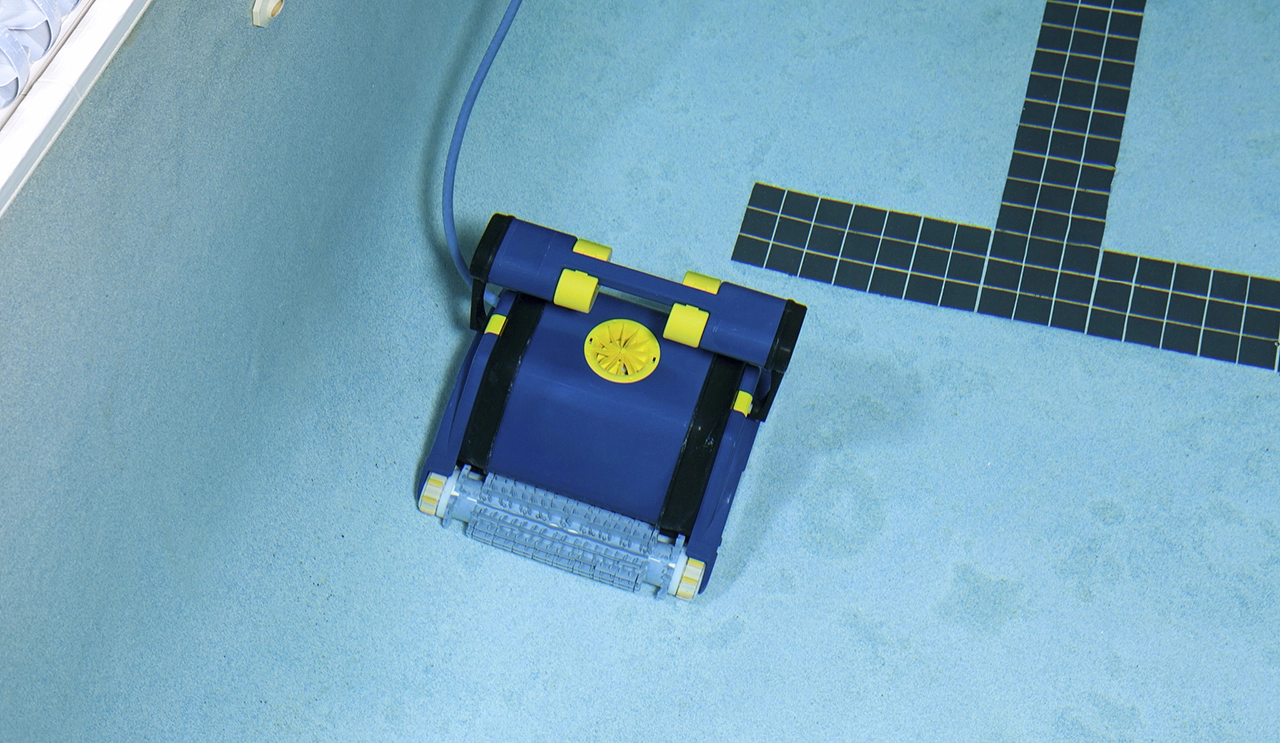
WIRELESS CHARGING IN THE NEWS

In recent years, with breakthroughs in artificial intelligence, sensors and bionic technology, quadruped robots, with their flexible movement capabilities and adaptability to complex terrains, are moving from laboratories to industrial sites.


Companies like Toyota Material Handling and KION Group have integrated inductive charging into their AGV forklifts. In one case study, a German automotive plant reduced charging-related downtime by 40% after deploying wireless systems.


AGVs and AMRs equipped with inductive receivers can charge during brief idle periods—for example, while waiting at pick-up stations or during scheduled pauses. Small, frequent charging cycles extend uptime and reduce the need for large, heavy batteries.


These methods disrupt operations, limit scalability, and incur maintenance expenses. In contrast, inductive charging addresses these issues by enabling fully autonomous, contactless energy transfer.


The technology has evolved significantly since its early applications in consumer electronics (e.g., smartphones). Today, high-power inductive systems can deliver energy efficiently (85–95% efficiency rates) at power levels exceeding 20 kW, making them viable for industrial equipment like AGVs.


Enter inductive charging, a wireless power transfer technology that eliminates these bottlenecks and unlocks new levels of efficiency for AGV/AMR fleets. This article explores the principles of inductive charging, its applications in AGV/AMR forklifts, and the transformative benefits it brings to modern warehouses and factories.


In high-voltage substations, urban pipe galleries and chemical industrial parks, rail-mounted inspection robots are like "intelligent guardians" in the steel veins, safeguarding the safety of energy lifeblood 24 hours a day.


In the wave of intelligent manufacturing and smart logistics, automated guided vehicles (AGVs) have become the "blood vessels" of modern factories, undertaking core tasks such as material handling and production line connection.


With the surging demand in fields such as Marine resource development, environmental monitoring and national defense security, autonomous underwater robots (AUVs) have become the core tools for deep-sea exploration.


In the smart factories along China's coast, robotic arms are precisely performing millimeter-level welding operations, AGV logistics robots are moving in an orderly manner along the pre-determined trajectories, and engineers are monitoring the entire production process in real time through digital twin systems.


Today, with the rapid development of e-commerce, the last-mile delivery of express delivery is undergoing revolutionary changes. Intelligent unmanned delivery vehicles have achieved all-weather and all-scenario instant delivery services through technologies such as autonomous navigation, environmental perception, and intelligent decision-making.


With the rapid development of artificial intelligence technology, the autonomous navigation technology of mobile robots driven by the fusion of vision and language is becoming the core engine promoting the innovation of intelligent services.
